Table of contents
- Petko Petkov & Sukey Xu & Marek Dziok & Luigi Laezza
- Sydney, Australia, Hong Kong, Estonia, France, USA, Canada, Brazil
- Business Started in 2019
- 12 employees
- AU$2M annual revenue
- 26,919 customers
- 93,270 website visitors per month
- Bootstrapped (founder-funded) with AU$480k, then raised AU$700k from angels (2018–2019)
- CHEFIN
Petko what’s your backstory?
I worked in corporate, starting in an outsourcing centre in Bulgaria for a global media company called Kantar Group. I worked for their market research division for many years across multiple markets. Beforehand, I studied Ecology & Inorganic Chemistry, specialising in nanoparticles and in particular cobalt nanoparticles. I've always been passionate about science and the scientific way of living and doing things. Everything in life has an action and a reaction. I take a scientific approach to all things, specifically data, obsessed with clean data, in databases, collection of data, and analysis of data as well.
In my spare time, I love scuba diving and sky diving. Itend to only participate in extreme sports where life and death collide, and the enjoyment is deep into the undiscovered parts of the world, where few other humans venture. I do love hiking in the wild and camping as well. We come from a small town; neither of my parents nor my business partner's parents have a university degree. Both our hometowns are tiny, and we grew up in different countries (she is from Yinchuan in China and I am from Gorna Oryahovitsa in Bulgaria).
I had to start working early in my life to make cash, my first job was in an internet cafe when I was 12. Then I moved on to working in farms, estates, cafes, restaurants, and corporate offices (was a security guard for Deloitte in Bulgaria) until I moved into the data and market research field.
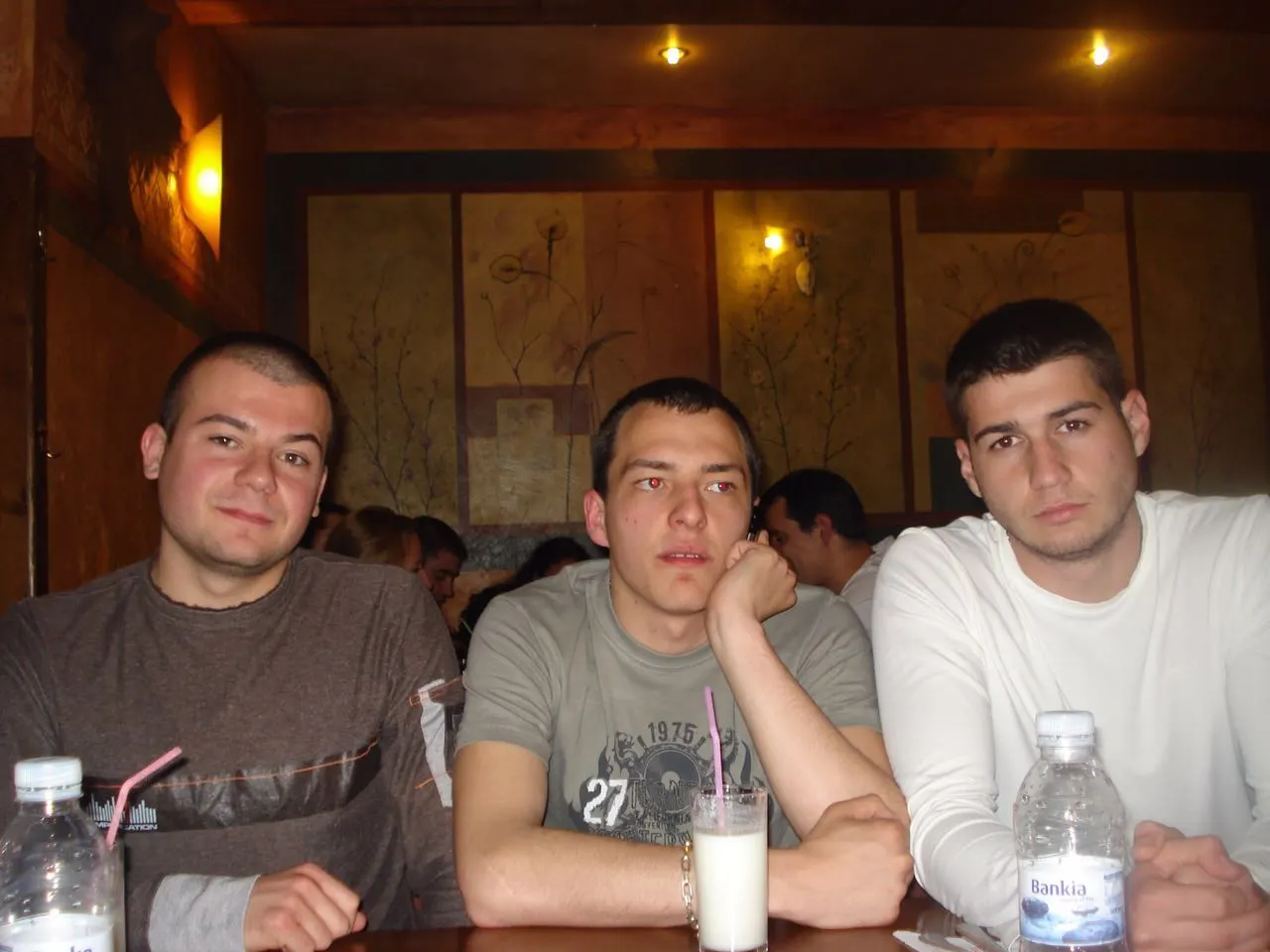
Growing up, I loved food and being connected to the land. I used to help every summer with the harvest season on my grandparents' farm, my grandfather's brother's farm, and our land harvest. We collected corn, tomatoes, potatoes, grapes, and many various other vegetables throughout the years. We also raised our animals and had chickens, pigs, ducks, cows, and even sheep on the farm.
Cooking is something I started doing since I have memories. When I was 4 years old, I remember grilling pork on the BBQ and helping with chopping veggies for salad & stews, helping mix flour for breads and cakes. It has been something I've always loved and will always love doing. Cooking is part of my fabric, and food is who I am.
I ventured into actually understanding food when I left home. Beforehand, most of my work in cooking was to assist and follow precise instructions, whether these were from my mum or grandma. When I moved to the capital of Bulgaria, Sofia, I started cooking for myself, and I found it quite hard to come up with dishes & make them tasty! I spent almost a year perfecting a single dish - Greek Salad! I hand-wrote a card after traveling to Greece, visiting Thessaloniki, Meteora, and Kavala. The business card size recipe card had all the ingredients and simple instructions - chop, mix, dressing. I followed this for a year, every single time I went shopping and ate Greek salad pretty much every single day until I perfected it! Since then, I slowly started introducing new recipes and growing my repertoire of dishes.
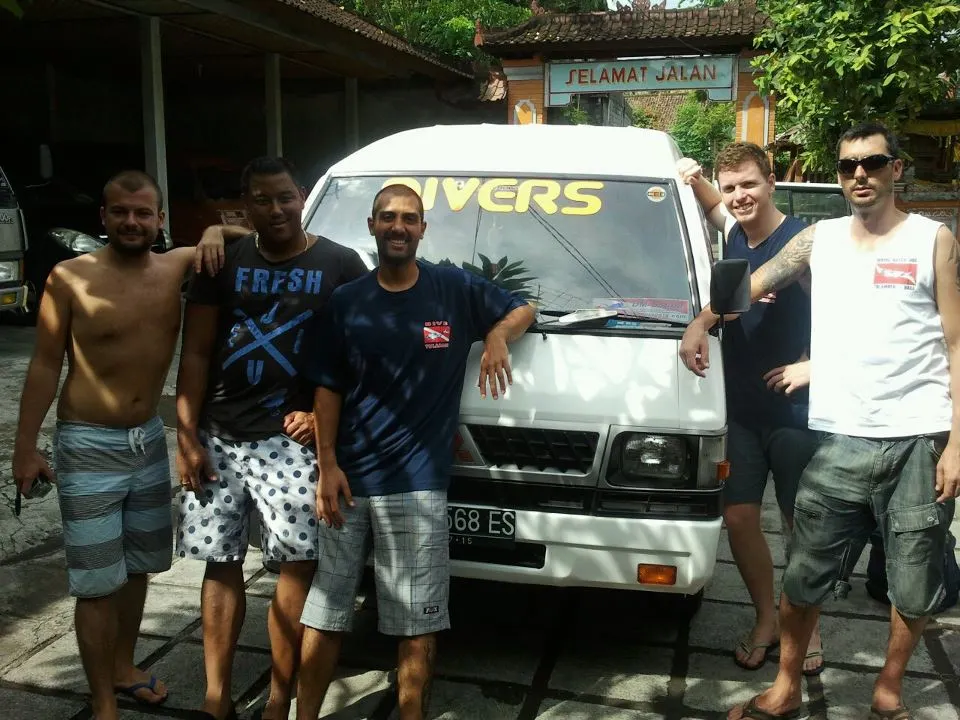
What is CHEFIN and how did you come up with the idea?
It all started back in 2012, around Christmas time. I met this Italian guy named Dario, and we instantly bonded over a big international dinner. Being part of such a multicultural society, we loved celebrating in ways that represented everyone. I still remember cooking Italian risotto with Dario, and our Portuguese friend brought this wild dish, pork sausage stuffed into chicken, then into a duck. It was bizarre but unforgettable!
We went our separate ways for a while, until mid-2015 when Dario reached out needing a place to stay. I offered him our spare room for a month, which turned into three months of hosting dinner parties and cooking for hundreds of people. That’s when the lightbulb moment happened, people love great food and being entertained, but for the host, it's exhausting. It takes nearly two days of preparation and leaves you with no energy to enjoy your guests.
Around that time, Dario was working in hospitality, so we started thinking about what was happening in the industry and how we could solve this problem. After months of brainstorming, a friend came back from Hong Kong raving about their private chef experience, and that was it. Kaching! The idea clicked. We needed to connect chefs with people who love to entertain. That’s how the original “Cuchinee” marketplace was born.
We shared it with everyone we knew, and bookings started rolling in. Our first event was on 12 December 2015. A few days later, Jennifer, our first client, asked how to pay us, which led us to register the company and open a bank account on 17 December. Eventually, though we had a major disagreement. Dario and Gabriel (who were also living and working with us) wanted a peer-to-peer model, think “Joe cooking for Samie.” But Sukey and I believed this had to be done by professionals. We envisioned a trusted, premium brand run by qualified chefs. So we split ways. The name “Cuchinee” stayed with Dario, and we spent the next two years looking for a new name.
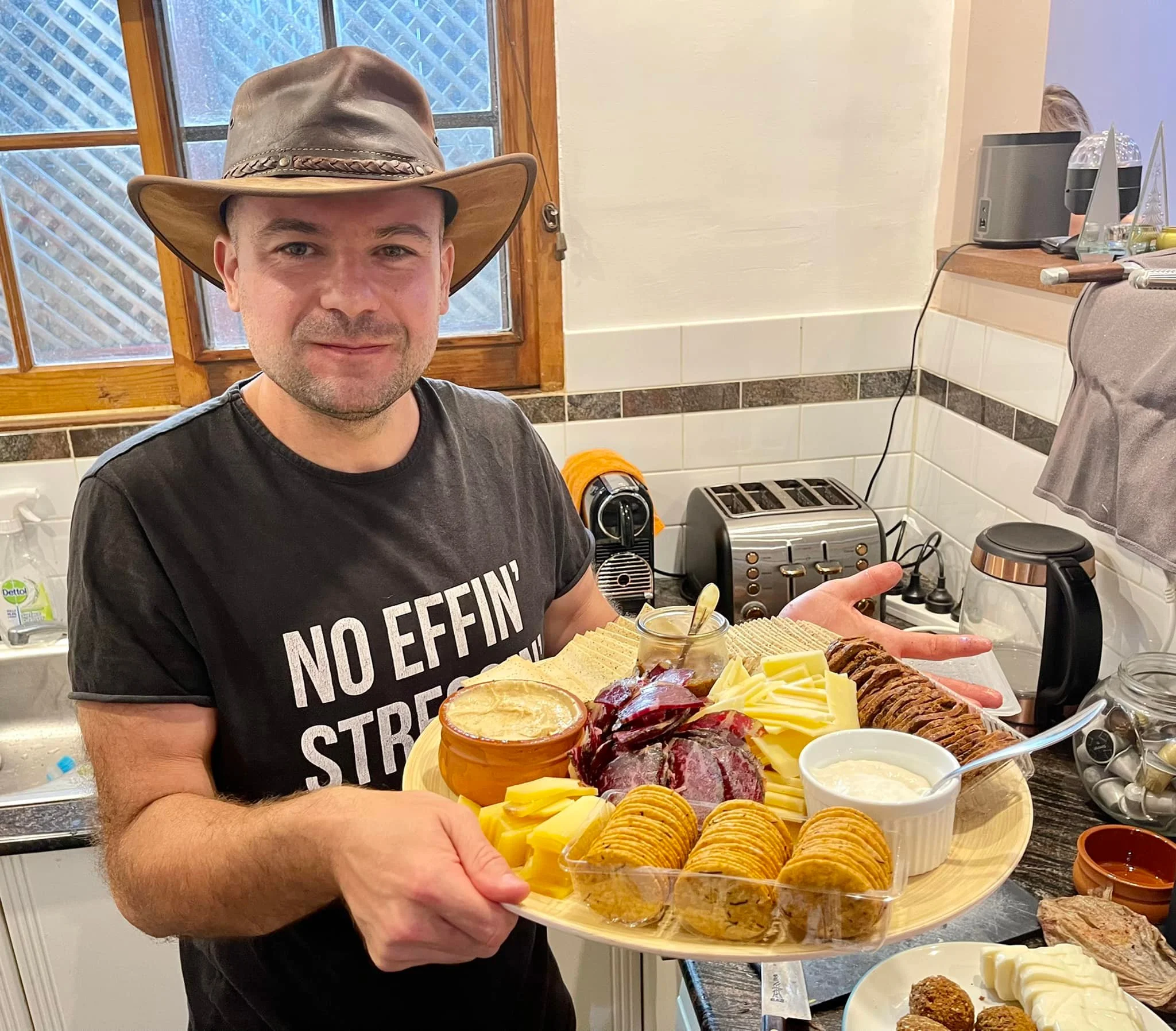
Funny enough, the name CHEFIN came while sitting at an airport in China. I kept staring at this sign that said "Open In," and after repeating it out loud a few times, Sukey suddenly said, “Wait, what if we call it CHEF IN?” We both just knew, that was it. Perfect. In 2016, we were still figuring things out, how to build a tech company, what a startup means, all of that. Sukey and I went to heaps of startup events, co-working spaces, and incubators, trying to learn the ropes. I had a full-on management job at the time, second in charge at a digital agency going through M&A. Eventually, I stepped back into a lower-pressure corporate job so I could focus more on CHEFIN.
The business was slowly growing through word of mouth. We did one or two events a month, mainly to stay close to the product and understand what needed building. Then, in November 2016, we entered a Food Hackathon at Fishburners in Sydney. That’s where we met our co-founders and began building the tech platform. By May 2017, version one was live, and the business was thriving. I started doing sales in October 2016, and by mid-2017, it became a full-time job. I left my corporate role and jumped all in. That first version of the tech? Complete rubbish. We scrapped it, parted ways with our co-founders, and started building no-code solutions, which was just becoming a thing then. We managed to stitch together a functioning marketplace using no-code tools, and by 2019, it was fully live.
By 2018, we were getting serious traction and even raised a funding round, followed by another in 2019, just as the new platform was launching.
What inspired you to connect independent chefs with customers through a tech platform?
The main point here was that we wanted to create a business that is scalable, legal, and able to raise capital as a startup. To do that, we had to find a solution to the marketplace problem that can be insured, and involving professional chefs was way better, more scalable, and sustainable than doing a peer-to-peer marketplace.
Another part of this decision was really the money we can make. If we do peer-to-peer, we look at doing many more transactions for much lower value than if we do professional chefs.
And the last stick in the decision was brand equity. Building a premium brand has a higher brand equity and can branch into multiple different product lines. Building a low-end peer-to-peer brand, you rely on no brand equity and very low retention with high attrition. Some very hard words to swallow as a startup founder on a shoestring budget.
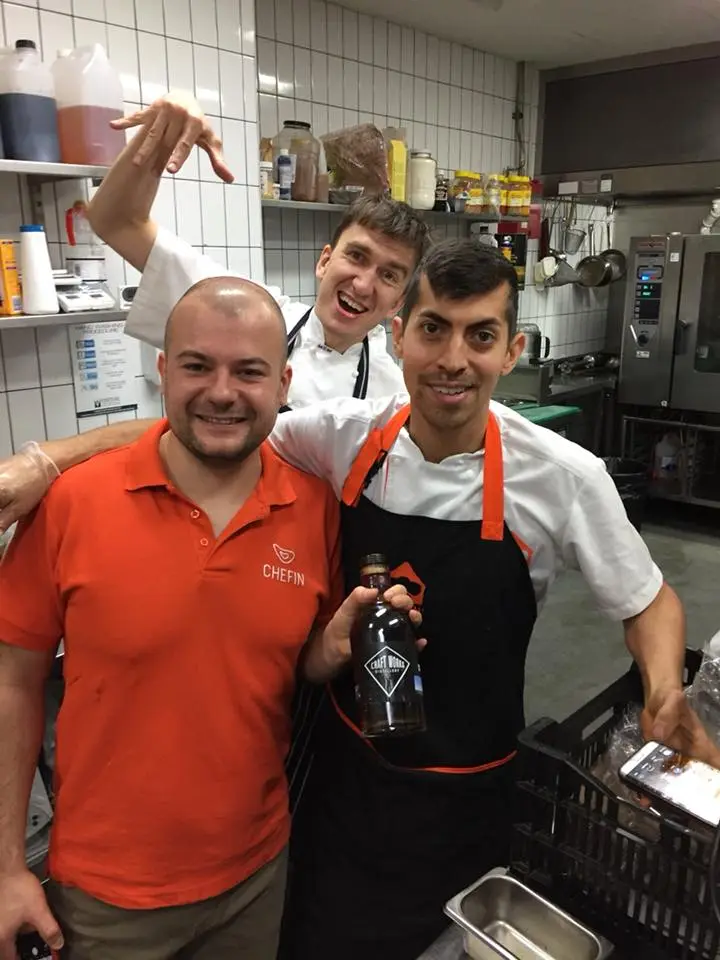
How did you acquire your first 20 clients and chefs, and what strategies worked?
For the chefs we came up with a cool idea, inspired by what was trendy back then "chef competition" we created a marketing campaign with a competition called Love Being a Chef, and that helped us recruit our initial pod of loyal chefs that spread the word and helped us later to gain referral momentum to build up the rest of the marketplace supply side.
On the customer side, we used the tech adoption curve methodology and heavily targeted the innovator segment, which is the smallest but easiest to acquire for product testing and modifications. The innovators helped us to test a pretty crappy product and improve it early on. We then moved our marketing effort to the early adopters as we had a great deal of traction and reviews we could show, and we gained the confidence that we could deliver and satisfy their needs.
The innovator segment was relatively easy to acquire once you know where to find them, and to be honest, it is not that hard to find them . For us, it was co-working spaces, startups, and then slowly growing into the corporates supporting & funding startups.
The jump from early adopters to early majority was the toughest. We struggled a lot jumping the gap between these 2 and had to scrap the whole product, website, tech, and even pricing to be able to grow from a startup that had limited to no future to a large, scalable business that operates with profits on every booking.
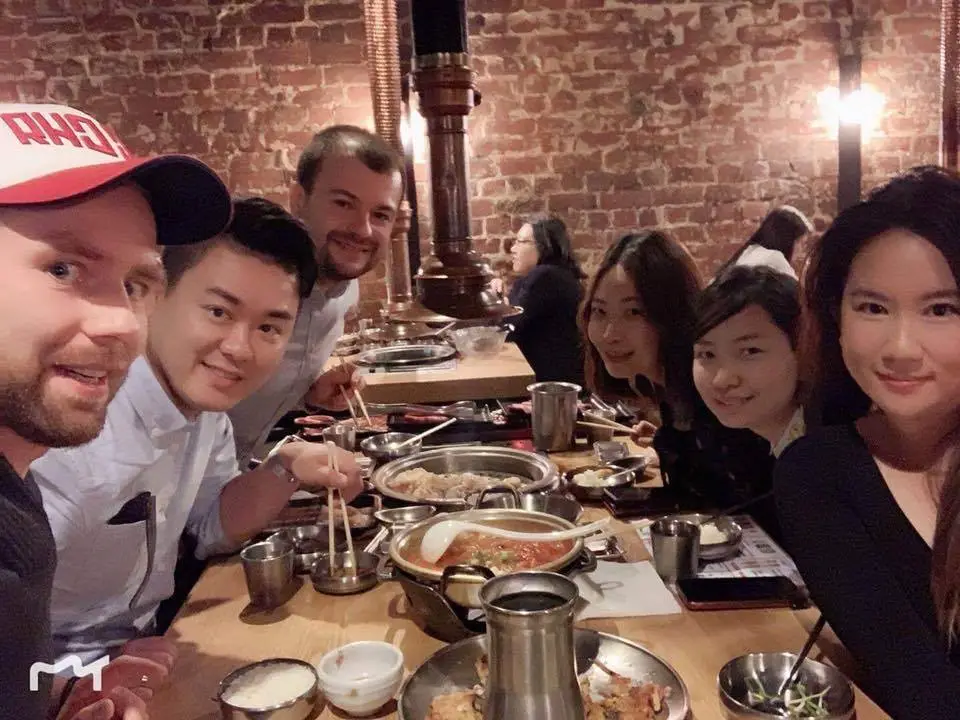
What did your early clients and chefs say, and how did that shape your next steps?
Initial feedback is really important to build momentum. For us, it was all positive, and that truly motivated us to move forward and continue building. It has been a tough journey going into an industry we had no idea about to start!
The really interesting part of listening to customer feedback is understanding the nuances. Being able to pick up the difference between just positive and constructive positive feedback is essential. Sometimes even the negative feedback is hugely important, though not so easy to distinguish between real negative and pretend negative.
To give you an example, below is an amazing constructive positive feedback. It highlights a few elements:
1. The experience provided is not just about the food but rather focused on the personality of the chef and the connection and match of the chef with the customers.
2. Our chefs are comparatively better than any venue, even the most luxurious and expensive ones like a private chateau in France.
3. The pre & post experience elements like arrival on time and leaving everything clean at the end build up a massively important part of the whole experience and how customers perceive the value for money and the satisfaction they have with us & chefs.
My friends and I recently rented a chateau in France and retained three chefs. Icaro made these three look very ordinary. He communicated well and arrived on time, fully equipped and prepared. His dishes were delicious, generous, original, and beautifully presented. When he finished, he left our kitchen immaculate. A star chef and a good bloke!
Another example, on the contrary, is not very good and not useful at all, with the only value I took from that feedback being that the customer is not one we should be working with. Why? Because they ordered too much, got too much, and then complained about it. They do not understand that there is a minimum labour involved, and whether a chef cooks for 2 or 6, the price will be the same; that's not something we can change and is an essential part of our business model. As such, the customer is not right for us.
Look at the costing per head rather than a minimum amount, no matter how many people. Add more meat to the dishes, as there were hardly any protein options. Also, the amount of food was way too much and was a massive waste - luckily, we donated the leftovers to charity!
From the Chef's perspective, what we learned in the beginning was that chefs love to get the job done and not bother with the stressful (for them) work of communicating with customers, chasing payments, handling invoicing and changes, and all the things that distract them from creating a great meal. Even the date booking in the calendar is extremely difficult for chefs - they would struggle to get this organized and may double book themselves, or on the other hand, end up miss booked if customers don't pay to secure the date, for example.
The value of the tools has been less important than the value of customer support and process assistance throughout the whole time.
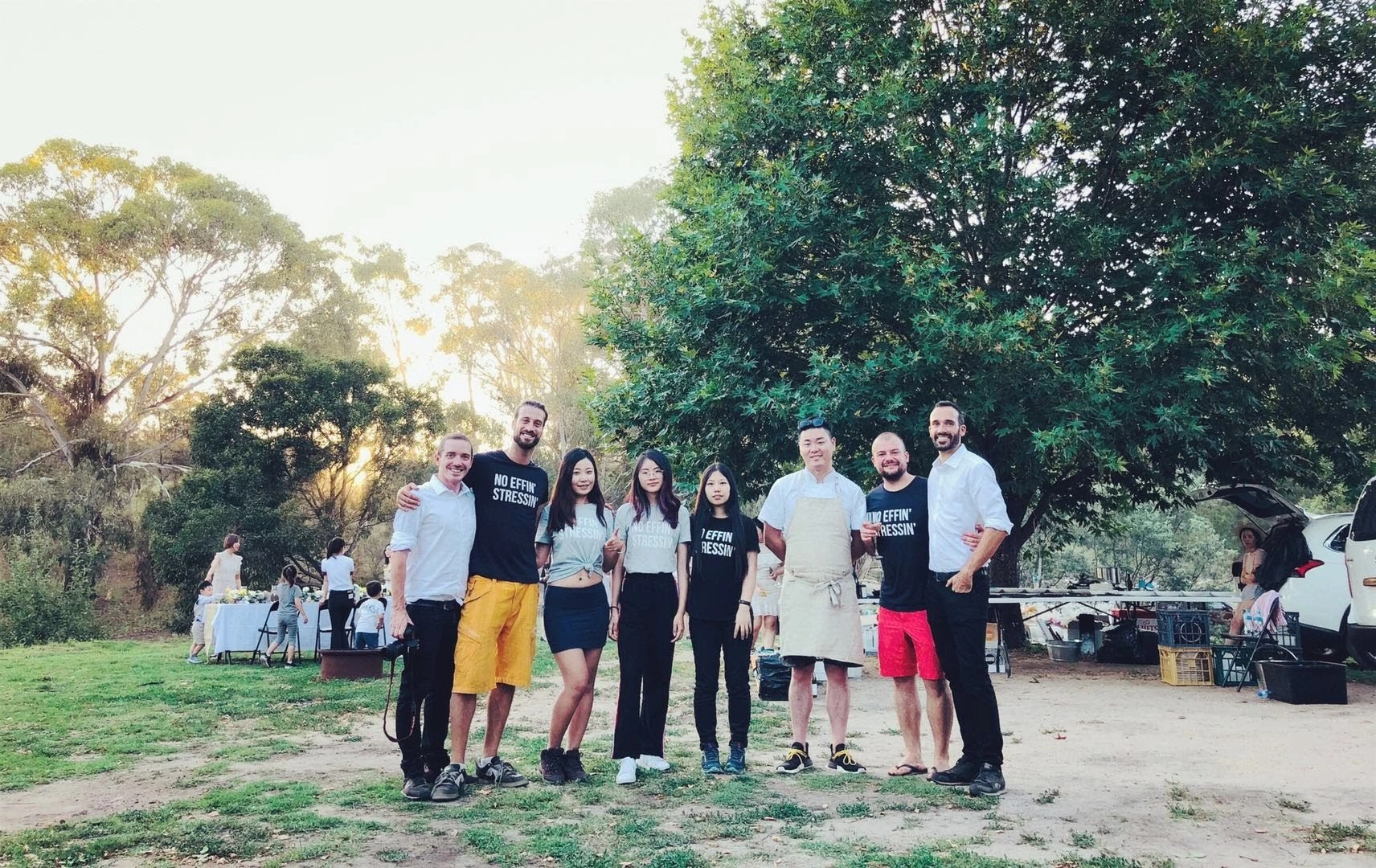
Which distribution channels worked best to reach your clients, and how did you find them?
It really differs in each city and country we operate in; however, there are a few similarities, or more like principles to follow.
An interesting example is Brazil! The best channel for us there is influencer marketing and Instagram. Both channels we had tested over five years in Australia barely delivered any results. The lesson here is: don’t stop testing. Even if something hasn’t worked in one market, it can work in another. Another intriguing thing about Brazil is that search isn’t big in the market, or at least not Google search. Social search on Instagram, Facebook, and even WhatsApp seems to perform better for us, which is something we haven’t seen in any other market.
SEO (Search Engine Optimisation) has also been a major channel for us, but it’s underpinned by a few elements that most people often miss. You need to have a presence both before and after purchase, driving traffic manually (e.g. people visiting your site during the experience, post-experience from review links and feedback links), and physically getting people to browse your website (e.g. asking prospects to review packages and product information on the website rather than sending them PDF files or having all the info in an email). The more people spend time on your site, the more Google sends you traffic and ranks your website higher. The more people move between pages, the more trustworthy and reliable your content is perceived to be. It’s a catch-22, but once you crack the formula, it becomes an enormous, untapped lead generation magnet for inbound marketing.
Another channel that worked incredibly well for us, especially in the early days, is corporate cross-sell to private. Acquiring corporate clients may seem daunting and time-consuming, but the benefit for us is that we end up gaining much more exposure, traffic, and private clientele through corporate bookings. The reseller and white-labelled channel have also been essential to our growth. It’s built on the principle that money matters more in the short term than brand exposure. We fulfil bookings under other brands, and that’s totally fine with me. A lot of people tend to be stuck in the mindset that it won’t work or it’s not good for them. The truth is, we need the cash, so we do whatever it takes to get the cash, move on, and acquire more customers afterwards.
Loyalty and return purchases have also been a huge channel for us, generating almost 50% of our bookings! This is only possible because of the digital-physical mixed environment we offer, with multiple touch points that build upon the brand and the desires of the consumer. It drives higher average order value, crazy-high customer lifetime value, and makes our revenue much more predictable in the long term.
FoodTech and marketplaces are tough spaces. What’s your top tip for standing out?
1st priority is to focus on solving a problem
2nd priority is to focus on delivering value
3rd priority is to focus on making money
1+2+3 = Success
Reality is that without a real problem to solve, you won't be able to deliver value. Without value, you can't make money, as people would rather do it themselves or not do it at all.
Hospitality is so people-driven, how did you manage to digitise and scale CHEFIN?
We live in the experience economy. Apple was one of the first brands to create the experience store, the Apple Store, that bridges hardware, software, and the physical world of emotions and connection. That model is now one of the most successful retail concepts in the world. But what some brands don’t realise is that the Apple Store is simply an expression of the brand itself.
CHEFIN has built software that is easy to use and intuitive. It enables our customers to book chefs hassle-free, anytime, anywhere, with ease. The chefs delivering the food and experience are an extension of that simplicity, creating the first digital-physical experience environment in the hospitality industry. It’s not just a booking platform; it’s a platform that knows what you want, what you like, and provides you with the best possible match for a dining experience.
I believe our strength and advantage lie in building tech that connects the physical and digital worlds. The result of our work is physical food, filled with emotion and memories to last. But the experience before and after the meal is digital. That combination is what sets us apart from all our competition, and from traditional hospitality industry players like restaurants and even luxury hotels.
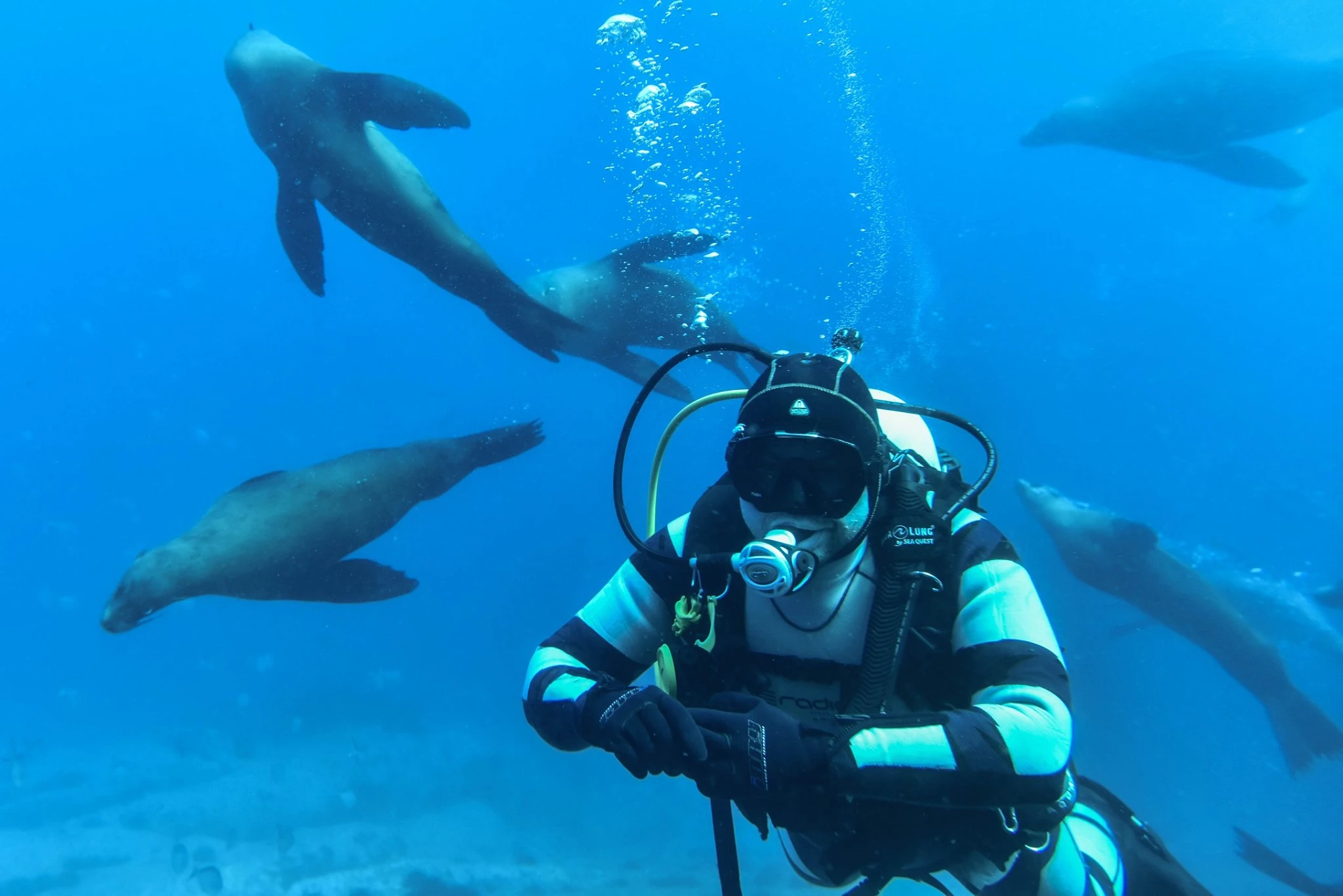
CHEFIN is a global business—how did you approach launching in multiple cities?
Launching in a different market can be scary. Can you keep the quality? How do you recruit supply? How do you find customers? Will they trust us? Will we be able to keep our brand promise? Does ROI on ads and marketing work the same way? What are the keywords, and what do people call things?
For example, in Australia, we call the courses in a three-course meal entrée / main / dessert. In the US, it’s appetiser/entrée/dessert, so the word entrée means main in the US, but appetiser in Australia! Things can get very messy, quite difficult to make sense of, and honestly, stressful.
The most important thing when entering a new market is to have your home market working properly, process, systems, and trust.
Second, you need to find a strong connection that helps you build credibility in the new location:
- When we launched in Perth, it was an Aussie startup.
- When we launched in NYC, we were supported by the Australian Government.
- When we launched in Los Angeles, we bought a small catering company and onboarded their customers, contracts, chefs, and reviews to CHEFIN.
- When we launched in Brazil, our business partner had worked there for 10 years and already had a team on the ground.
- When we launched in Hong Kong, one of our resellers started selling our packages, and we needed to deliver the chefs and experiences.
Third, get your ducks in a row. How are you going to manage the new markets? What’s the marketing workload? Will the tools and software you’ve built be able to support the time zones, the workload, the different currencies, and languages? If not, upgrade, or only choose markets you can work with while you start testing.
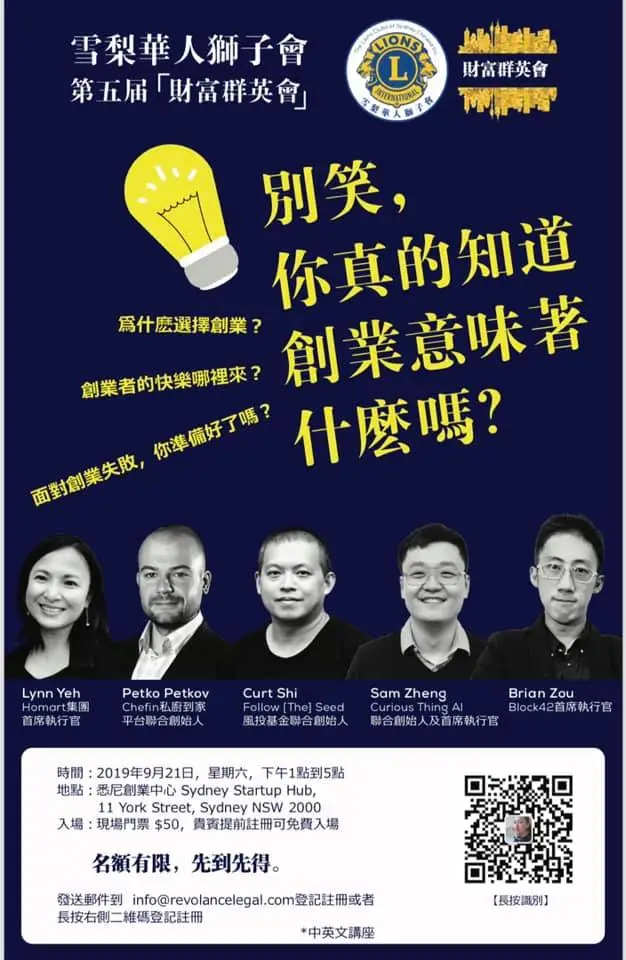
Two-sided marketplaces are tough, how did you build and keep trust with both chefs and clients?
Ha, tell me about it, it's super difficult. I would not recommend anyone to build a 2 sided marketplace, and in particular, not one focused on consumers alone. We would not have been able to grow that fast if our audience were consumers only, it's almost impossible.
We used the B2B (business-to-business) and B2B2C (business-to-business-to-consumer) angles to really scale our growth, especially in the early days, and to gain a reputation. It is imperative that people trust you, and the easiest way to be trusted is when you are associated with a recognised brand, even if it is not good. For example, we did work for Telstra, which is the most hated company in Australia (telco, terrible service), but is one of the largest companies and most recognised brand names. It worked in our favour and we promoted the shit out of it.
Focus on the money again and again, follow the money. Once you have the carrots, the rabbits will follow you. Once you have customers, it's easy to get the suppliers, that's the rule of life.
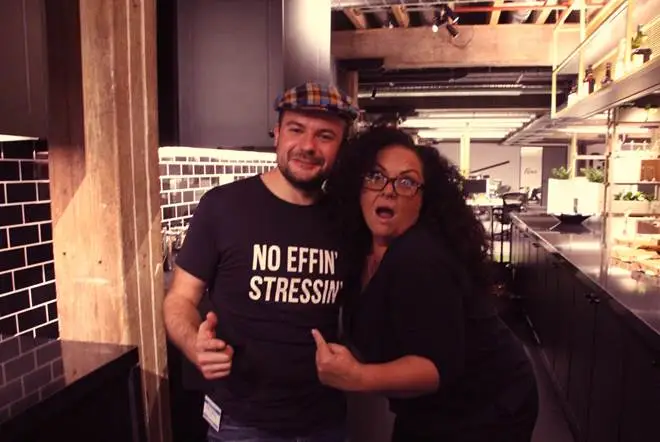
What strategies do you use to reduce churn and increase client lifetime value?
Consistent marketing campaigns and activity. This is the most underrated and most valuable way to build loyalty and reduce churn, show up everywhere your customers experience the pain you solve, be where they are, and always remind them you exist.
Treat people the way you expect to be treated.
It is not about discounts, it's about access to things others don't have access to give your loyal customers extra features, extra upgrades at no cost or even at a price, but they have to be exclusive and only available for them
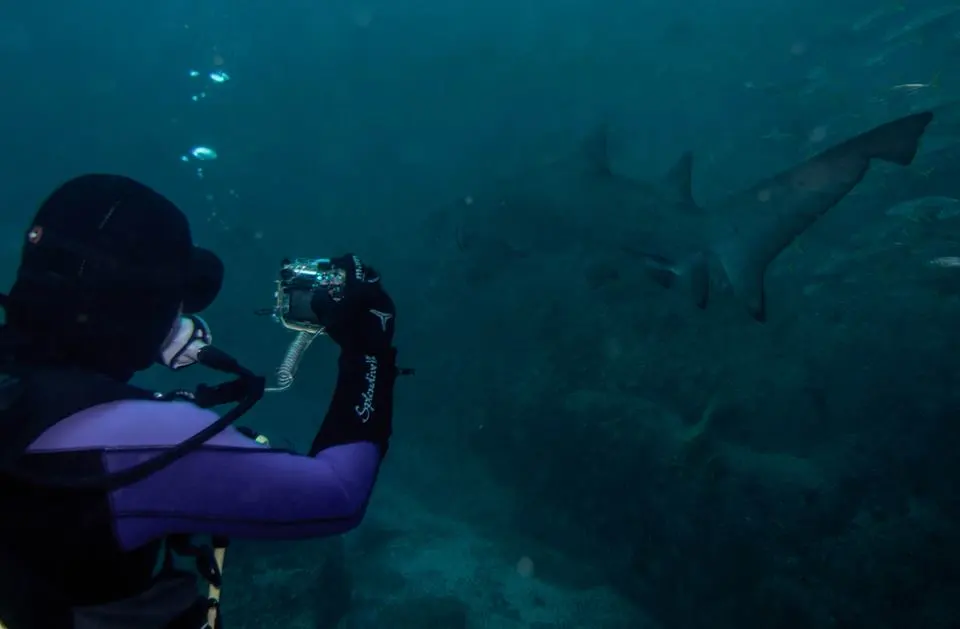
What are your plans for CHEFIN in the future?
CHEFIN aims to become the most recognised global fine dining brand, creating a world where every meal is crafted by a happy chef.
Our goal is to empower chefs to run sustainable businesses, make a profit, and live happily. We’re also focused on removing waste, CHEFIN chefs use 100% of the food they work with.
What are some of the biggest lessons you’ve learned from building CHEFIN?
Don’t hire until you have a repeatable process and clear guidelines, employees are a massive liability. Don’t expect software to solve all your problems either; you need support and teamwork alongside the software.
Build for what makes money. Follow the customers that pay the most, and build features around them that increase your revenue and stickiness.
Don’t trust anyone, and don’t spend anything. Building a startup should be nimble, with a focus on acquiring customers and generating revenue, not spending.
What specific tools, software, or resources have been most helpful in growing CHEFIN?
I found Airtable and Pipedrive to be great for us. Would recommend a cheaper version of CRM, though, there is a new one coming out, Twenty, that is great.
What’s your top advice for founders looking to scale and grow their client base?
“Don’t hire until you have a repeatable process and clear guidelines; employees are a massive liability,” the founder shares candidly. They also stress that software alone won’t solve everything: “You need support and teamwork alongside the software.”
One of the key takeaways? Build for what makes money.
“Follow the customers that pay the most, and build features around them that increase your revenue and stickiness.”
And finally, they wrap up with a no-nonsense piece of advice: “Don’t trust anyone, and don’t spend anything. Building a startup should be nimble, with a focus on acquiring customers and generating revenue, not spending.”
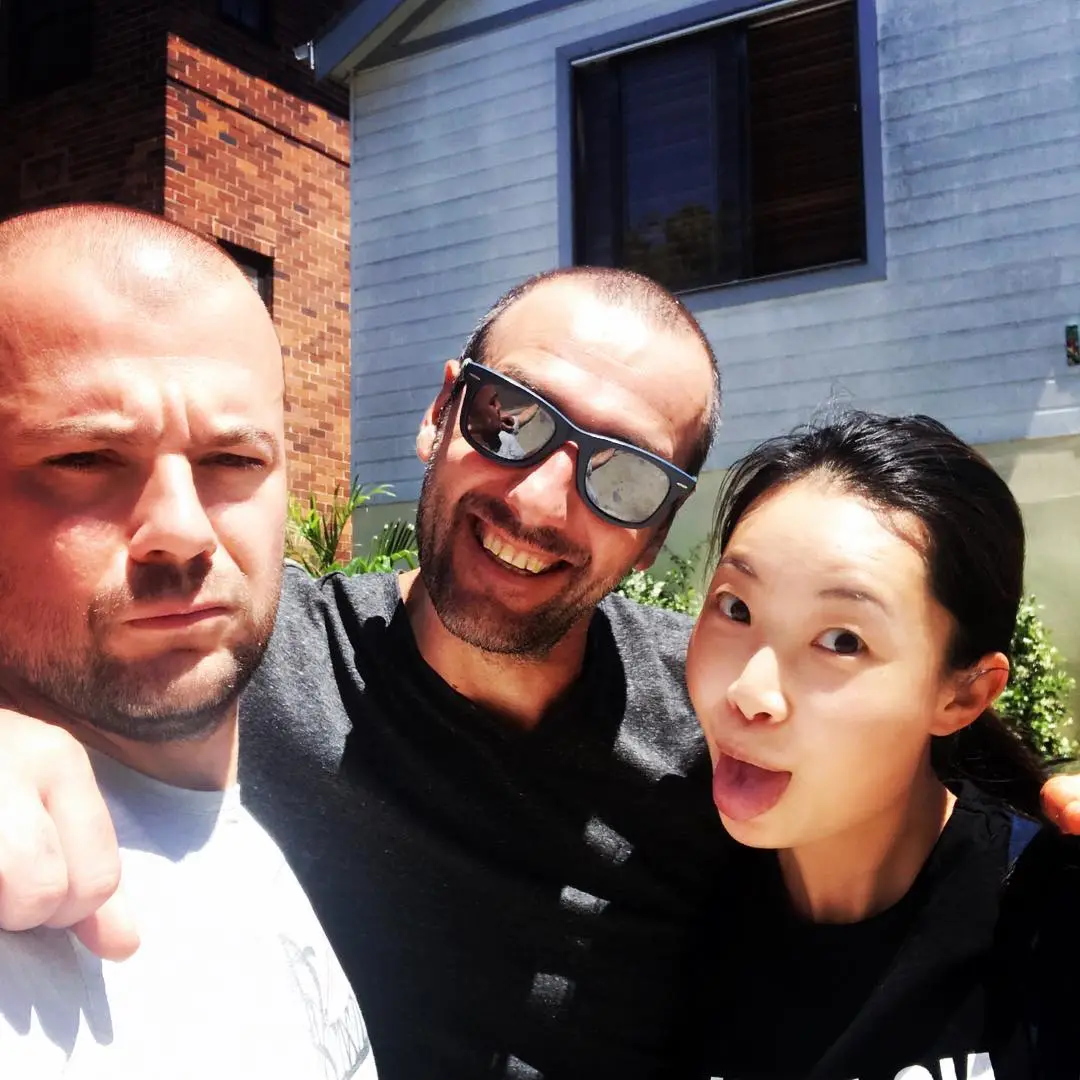
What drives you to do what you do?
Three things drive me in life: helping people, having the freedom to choose how and what to do when and where, and being able to solve problems, especially complex ones.
Any quotes you live by?
When asked about quotes that guide their journey, the founder keeps it short, sharp, and practical:
“Nothing is difficult—it’s whether you want to do it or not.”
“Nothing is impossible.”
“Follow the money.”
“Walk the path less travelled.”
“Do the things that don’t scale first, then worry about scaling what works.”
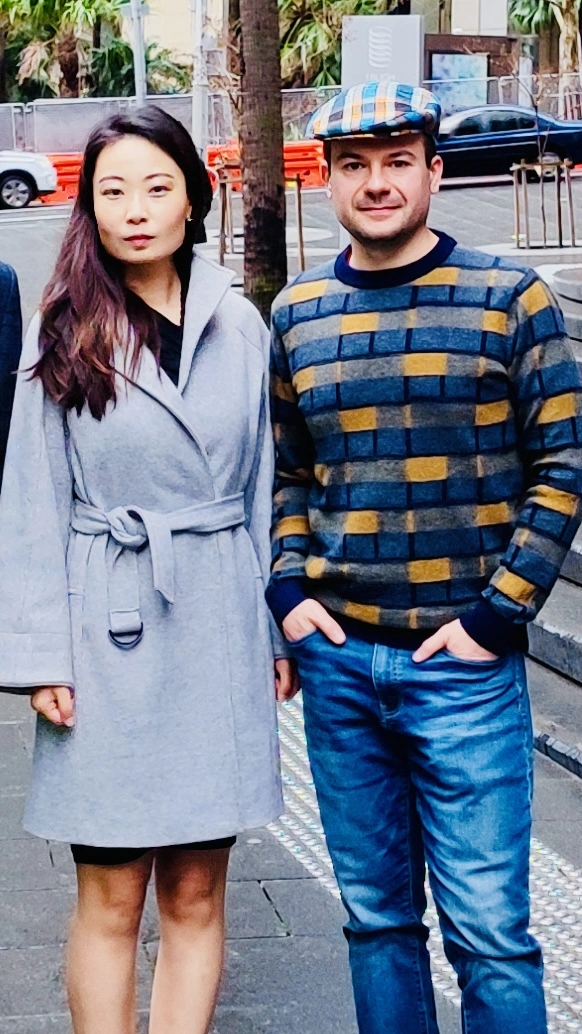
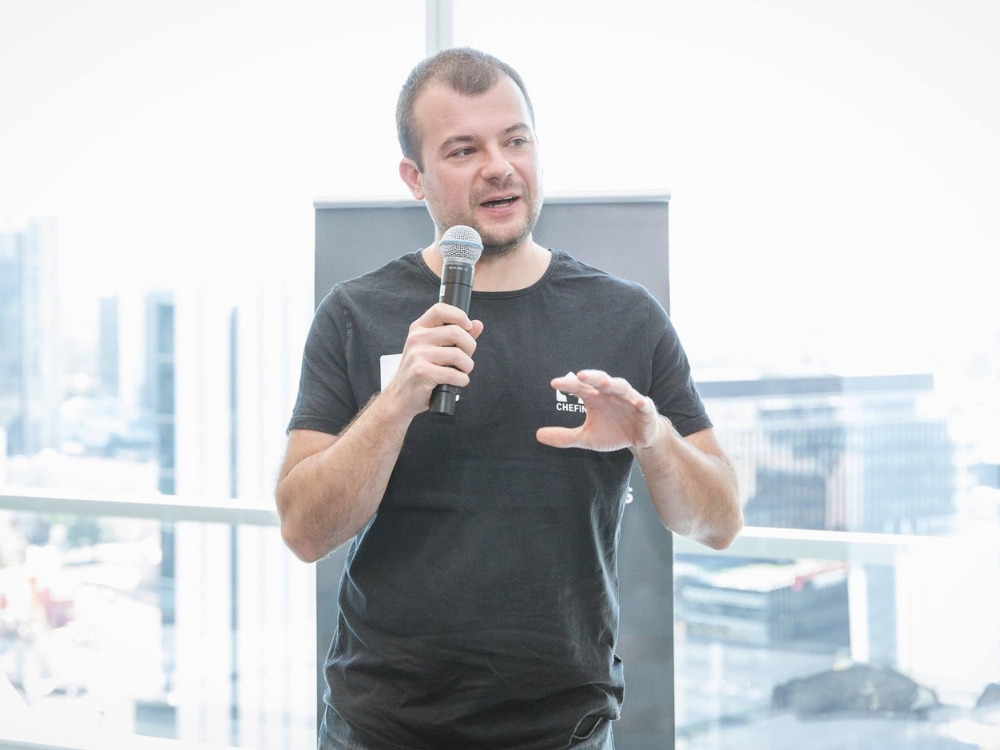
%20Logo.svg)




